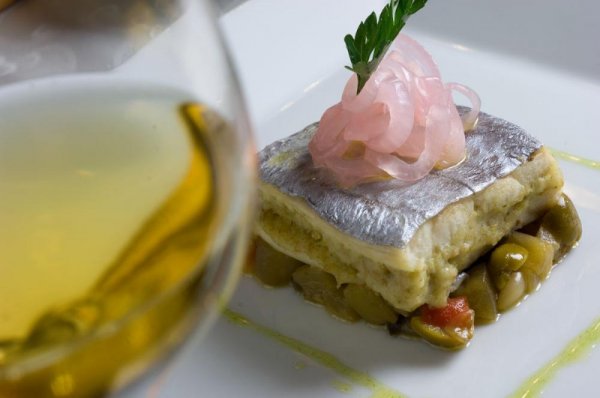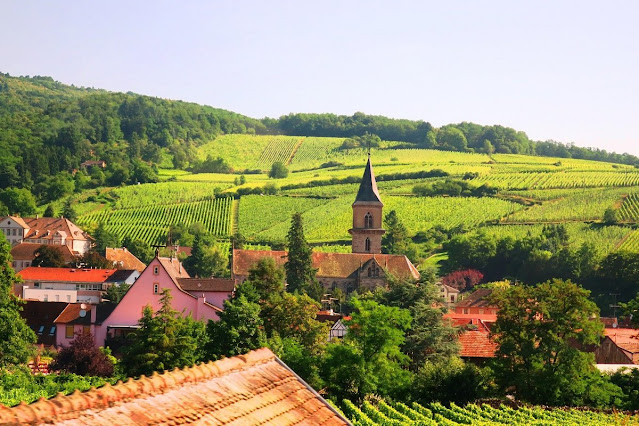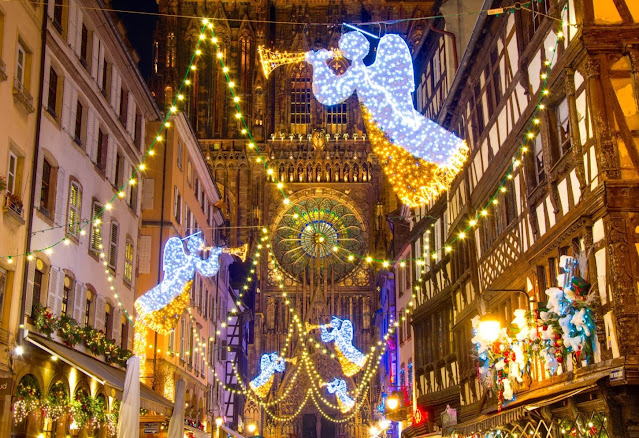This is the last blog for the month of May on Alsace. A final tribute to one of France's smallest wine district, this article is about Gewurztraminer----sometimes considered an "ugly step-sister wine." The reason for this has nothing to do with its taste, but more due to the fact that many can’t even pronounce it. (Turn on the sound of your computer to learn how to pronounce it: https://www.youtube.com/watch?v=z6H6QcFPCNI) This fairy God mother article hopes to change your perception about "Gewurz" (as it is often referred).

A Slipper that Doesn’t Fit
Other than its difficult name, there are several reasons why Gewurztraminer might be the last wine chosen for the Prince’s ball. First, it is mistakenly associated with Germany….and German wines aren’t so popular. The best Gewurz, however, actually comes from France. Alsace (France's far eastern wine district) is home to some killer Gewurz. As Alsace is not typically on the average wine lover's radar screen, this is yet another reason why this wine gem remains unknown. Gewurztraminer is also often erroneously associated with sweet wine. Wrong. While there are some sweet renditions, but many Alsatian Gewurz are bone dry.
Grand-Cru slopes of Gewurz grapes surround fairy-tale Alsatian villages
Now that the reasons why Gewurztraminer is unknown have been explained, here are the reasons this stunning wine should be considered. First, the wine is especially aromatic. For women, its aromas are so enticing that it’s tempting not to not dab the back of one's ears with it. Like a seductive perfume, Gewurz definitely is one of those wines that “had the Princess at bonjour.” Intense floral aromas (think roses) are married with beguiling fragrances and tastes of exotic lychee and ginger. The wine can also be laced with grapefruit/tangerine or pineapple depending upon how ripe the grapes were when picked.

Foods to Serve at the Ball
Let’s explore next how dry Gewurtraminer works with food. Both white fish and seafood pair beautifully with Gewurz. Many foodies are stumped when choosing a wine for duck. Gewurtz to the rescue! Because of the wine’s ginger flavors, it also pairs well with dishes which have ginger in their recipes. Curries and Moroccan tagines are just two examples. Heavily spiced cuisines, such as Indian, also pair perfectly with a glass of an exotic Gewurtz.
Europe at the time of its Christmas markets is like no other time of year you've experienced
Princely Producers
Alsace is a relatively small wine region, but its wines can be found in the US with a bit of diligence (especially online). Trimbach delivers terrific quality/price at $20. Domaine Weinbach is a stellar winery that you may want to try. Weinbach's Cuvee Laurence is a dreamy, creamy dry Gewurz that will set you back $45-50. Worth every penny, the wine is among the best of this varietal in Alsace.
The Glass Slipper's Perfect Fit
Wine-Knows will be visiting Alsace the first week of December as part of our Christmas Markets of France & Germany trip. As the Alsace region is known also as the epicenter of foie gras production (and has more Michelin star restaurants than any other region of France), it's a gastronome's paradise. Why not attend join this group and see if the Gewurztraminer shoe fits?
www.WineKnowsTravel.com











